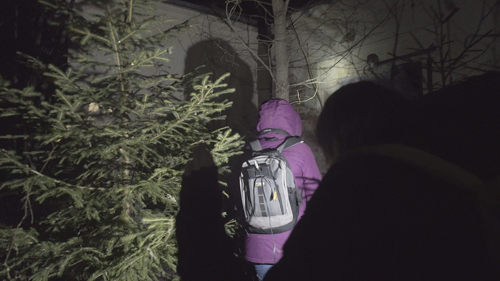
 I used to hold Roddy McDowall’s Beneath the Planet of the Apes absence against him. Now that I’ve learned — and, more importantly, seen — the reason, all is forgiven. It casts an enchanting spell.
I used to hold Roddy McDowall’s Beneath the Planet of the Apes absence against him. Now that I’ve learned — and, more importantly, seen — the reason, all is forgiven. It casts an enchanting spell.
In the only film he directed, The Ballad of Tam Lin, Ava Gardner stars as Michaela Cazaret, a self-described “immensely rich” and “immensely old” woman whose tissue box of younger lovers keeps her young. Currently up — in more ways than one — is Tom (Ian McShane, Too Scared to Scream). He pledges allegiance to her heart until he meets the age-appropriate Janet (Stephanie Beacham, Inseminoid). Living at a clergy house, Janet is the virgin to Ms. Cazaret’s whore.
Still immensely foxy in middle age, Ms. Cazaret is like a house mother to the parade of a dozenish mod hangers-on cavorting about her country manse. Theirs is a careless life of Frisbee, vibraphone jams, tarot cards, parlor games, puppies and intoxicants. When Tom tries to leave, Ms. Cazaret uses her witchy ways to turn their petulance predatory.
It may not sound like much on paper — its 16th-century Scottish source material certainly doesn’t — but The Ballad of Tam Lin is a folk-horror masterpiece. McDowall exhibits a firm grasp on credibly establishing a pastoral, ecumenical mood, then injecting it with hallucinogens. For example, Tom’s night flight from the Cazaret mob astonishes at least half of one’s senses as he transforms into a bear and then aflame — as eerie and nightmarish as it is gorgeous. Earlier touches are comparatively simplistic, yet no less gratifying, like bathing the viewer’s POV in a golden yellow when either lead slips on color-tinted sunglasses.
While McShane is great as the protagonist who doesn’t quite start as such, the picture belongs to Gardner. The sheer vulnerability of her performance can’t be accidental. A classic beauty of Hollywood’s golden age, Gardner stood in a sort of cinematic purgatory at the time of Tam Lin: just past what studio execs consider to be a woman’s prime and, therefore, on the cusp of entering the disposability stage demanded by disaster-movie ensembles, where she would spend most of the decade. Just because she was no longer “bankable” doesn’t mean she wasn’t luminous, and so good at playing Cazaret’s three switched-on moods: evil, seductive and fragile. —Rod Lott




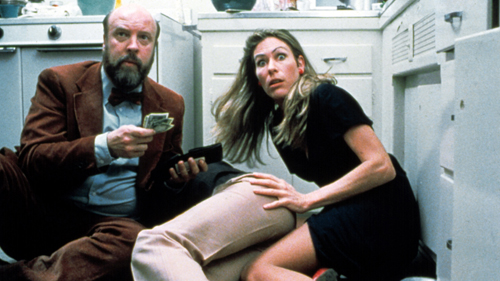


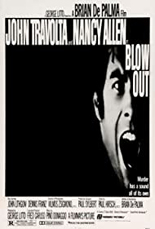
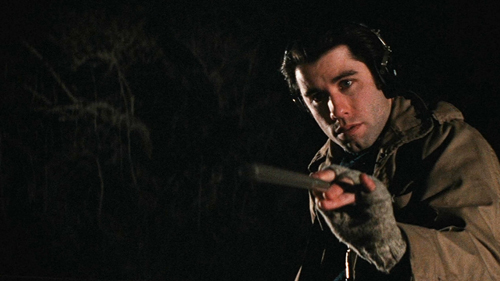

 Pot humor may help
Pot humor may help 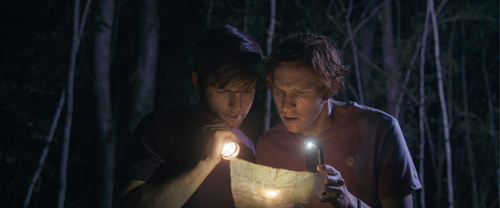
 After a woman is found dead in the forest, with her newborn nowhere in sight, an intrepid journalist (Signe Elvin-Nowak) and crew go searching for the truth. After all, over the last seven years, this female corpse is hardly the first to turn up in these woods.
After a woman is found dead in the forest, with her newborn nowhere in sight, an intrepid journalist (Signe Elvin-Nowak) and crew go searching for the truth. After all, over the last seven years, this female corpse is hardly the first to turn up in these woods. 